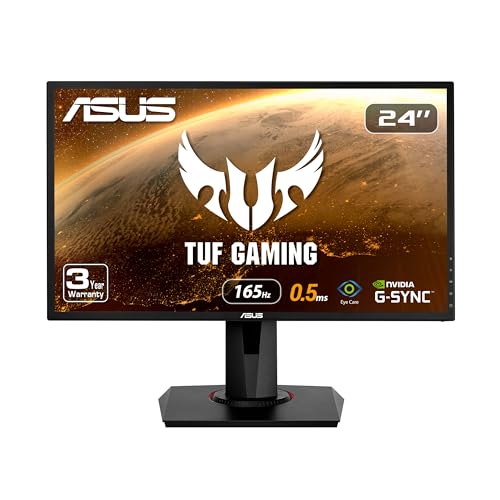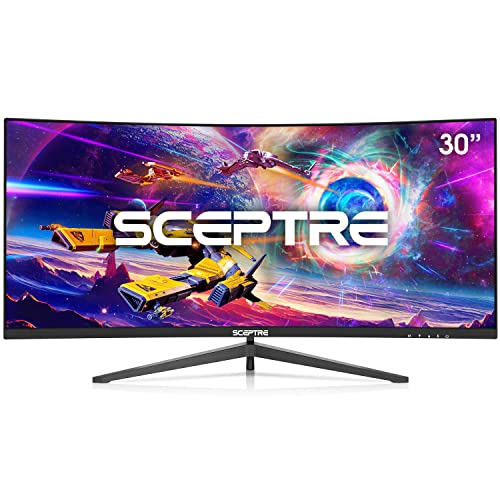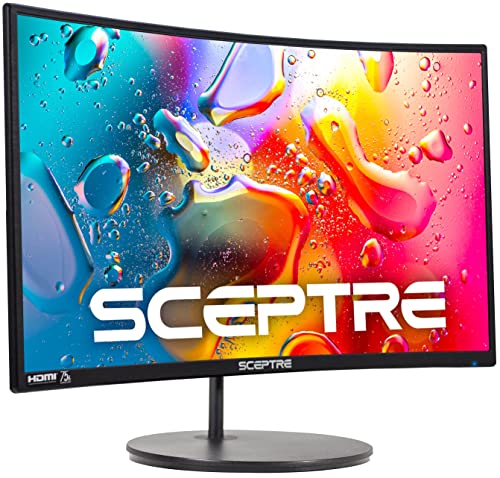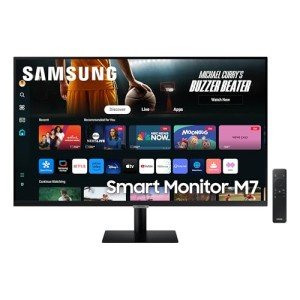**Gaming Monitors Explained: Refresh Rates, Resolutions, and More**
A gaming monitor plays a crucial role in your overall gaming experience. Choosing the right one requires an understanding of several key features, such as refresh rates, resolutions, and panel types. Let’s break these down to help you make an informed decision.
### 1. **Refresh Rates**
The refresh rate, measured in Hertz (Hz), refers to how many times a monitor updates the image on the screen per second. Higher refresh rates result in smoother gameplay, especially for fast-paced genres like first-person shooters (FPS) or racing games. Here's a quick guide:
- **60Hz:** Standard for budget monitors but may cause motion blur in intense gaming.
- **120Hz to 144Hz:** Ideal for most gamers, offering smoother visuals without breaking the bank.
- **240Hz and above:** Tailored for competitive gamers seeking ultra-smooth performance.
### 2. **Resolution**
Resolution determines the number of pixels on the screen, impacting image clarity and detail. Common resolutions include:
- **1080p (Full HD):** The most popular and budget-friendly option.
- **1440p (Quad HD):** A balance between clarity and performance.
- **4K (Ultra HD):** Perfect for those seeking stunning visuals but requires a powerful GPU.
### 3. **Panel Types**
The type of panel influences color accuracy, viewing angles, and response times:
- **TN (Twisted Nematic):** Budget-friendly with fast response times but limited color accuracy.
- **IPS (In-Plane Switching):** Offers superior colors and wide viewing angles but slightly slower response times.
- **VA (Vertical Alignment):** Great contrast ratios but can have motion blur issues.
### 4. **Adaptive Sync Technologies**
Adaptive sync technologies reduce screen tearing and stuttering by matching your monitor’s refresh rate with your GPU. The two most common options are:
- **G-Sync:** For NVIDIA GPUs.
- **FreeSync:** For AMD GPUs (and some NVIDIA cards).
### 5. **Response Time**
Measured in milliseconds (ms), response time refers to how quickly a pixel changes from one color to another. A lower response time, such as 1ms or 2ms, is ideal for fast-paced games to avoid ghosting.
### 6. **Aspect Ratio**
The aspect ratio affects the shape and field of view of your display:
- **16:9:** The standard for most games.
- **21:9 (Ultrawide):** Offers a more immersive experience but may not be supported by all games.
### 7. **Additional Features**
- **HDR (High Dynamic Range):** Enhances color depth and contrast, providing more vibrant visuals.
- **Curved Screens:** Increases immersion but is a matter of personal preference.
- **Connectivity:** Ensure the monitor has the right ports (HDMI, DisplayPort, etc.) for your gaming setup.
---
### Final Thoughts
Selecting the right gaming monitor depends on your gaming style, budget, and hardware capabilities. Understanding these features will ensure that you choose a monitor that complements your setup, enhancing both visuals and performance.
View our related products
See more



Samsung 32-Inch High-Performance Monitor
Product Review Score
4.35 out of 5 stars
8 reviews$473.50 $291.74
Gaming Monitors Explained Refresh Rates, Resolutions, and More
Selecting the right gaming monitor depends on your gaming style, budget, and hardware capabilities.
Related Articles
Essential High-Performance PC Components You Need Now
Upgrade your setup with the must-have parts for unbeatable gaming and productivity
Top Picks for Best High-Performance PCs
Find the perfect power machine for gaming, work, or creative projects
Your Guide to the Best High-Performance PCs
Find the Right PC for Your Gaming and Creative Needs
View our related products
See more



Samsung 32-Inch High-Performance Monitor
Product Review Score
4.35 out of 5 stars
8 reviews$473.50 $291.74


